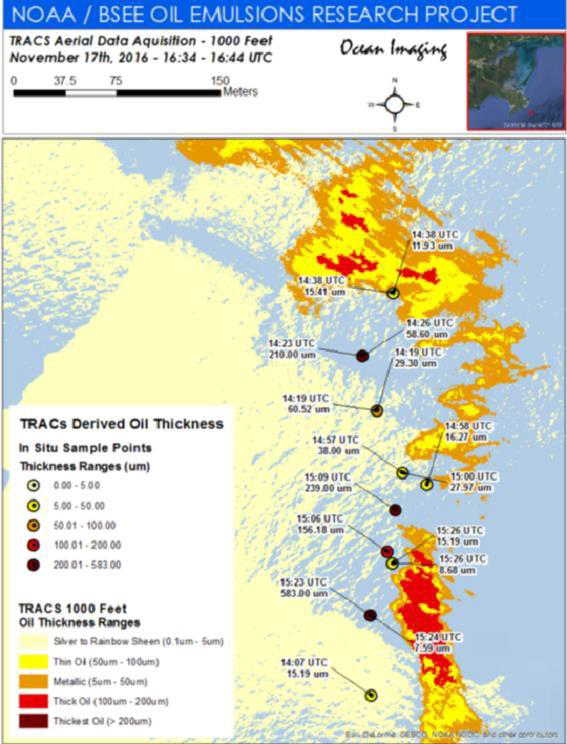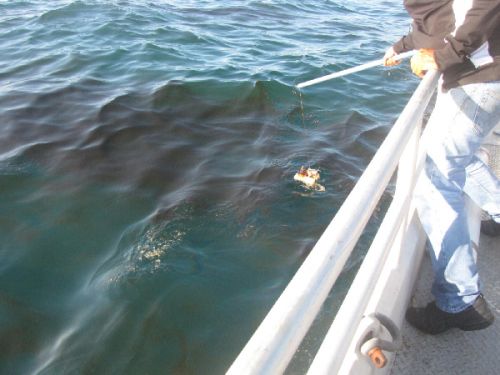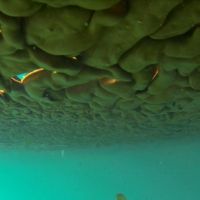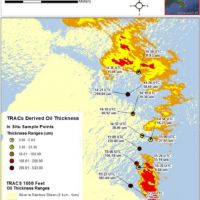New NOAA Report on Optimizing Remote Sensing to Characterize Oil Spill Slicks
AUGUST 26, 2019 — The Deepwater Horizon oil spill lasted for 87 days, discharged millions of barrels into the Gulf of Mexico, and posed unprecedented challenges for oil spill experts.
Following the damage assessment some of the “oil on the water” group, a team of remote sensing experts, continued to further develop and validate what they knew about characterizing oil slicks for the largest spill in American history. The cross-agency team identified gaps in knowledge and technology that, if addressed, would advance our ability to use remote sensing data and information to inform future responses and assessments.
This report to the Bureau of Safety and Environmental Enforcement (BSEE)summarizes and builds upon lessons learned during Deepwater Horizon and aims to help fill those gaps. It describes our efforts to field-validate remote sensing data and information by collecting data on the water, remotely from the air, and from space, at the same time to allow cross-comparison and validation to provide the greatest accuracy from remote sensing estimates.
The authors tested their tools in labs, in large oil testing tank facilities, and in the field, pioneering new methods and improving existing ones. These tools will allow experts to more accurately measure and characterize the thickness of surface oil slicks in the marine environment.
With this information, responders can identify areas of thick oil that can be collected, burned, or dispersed and to better quantify the volume of oil spilled. This sound science will help oil spill experts respond better, and provide more comprehensive damage assessments to hold polluters accountable.
This research effort was led by OR&R Chief Scientist Dr. Lisa DiPinto and scientist George Graettinger and included many experts from NOAA, the Environmental Protection Agency, the U.S. Coast Guard, academia, and the private sector.
NOAA continues to conduct collaborative follow-on research involving three-dimensional water column characterization of oil in the water column. We will continue to advance our ability to use remote platforms and sensors to characterize oil in the environment in support of oil spill responses and assessments.
The full report is available online at BSEE.gov.
For further information, contact Lisa.Dipinto@noaa.gov.
more images


 An official website of the United States government.
An official website of the United States government.



